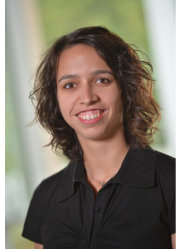BibTex format
@article{Carsin:2020:aje/kwaa087,
author = {Carsin, A-E and Keidel, D and Fuertes, E and Imboden, M and Weyler, J and Nowak, D and Heinrich, J and Pascual, Erquicia S and Martinez-Moratalla, J and Huerta, I and Sanchez, J-L and Schaffner, E and Caviezel, S and Beckmeyer-Borowko, A and Raherison, C and Pin, I and Demoly, P and Leynaert, B and Cerveri, I and Squillacioti, G and Accordini, S and Gislason, T and Svanes, C and Toren, K and Forsberg, B and Janson, C and Jogi, R and Emtner, M and Gómez, Real F and Jarvis, D and Guerra, S and Dharmage, SC and Probst-Hensch, N and Garcia-Aymerich, J},
doi = {aje/kwaa087},
journal = {American Journal of Epidemiology},
pages = {1521--1528},
title = {Regular physical activity levels and incidence of restrictive spirometry pattern: a longitudinal analysis of two population-based cohorts},
url = {http://dx.doi.org/10.1093/aje/kwaa087},
volume = {189},
year = {2020}
}

